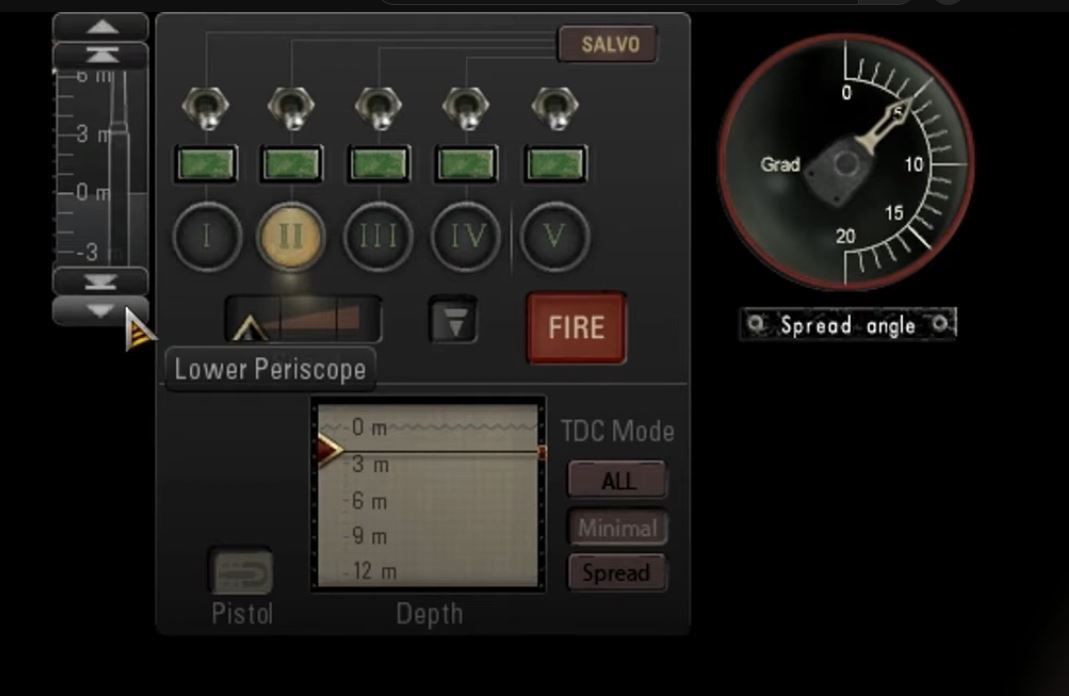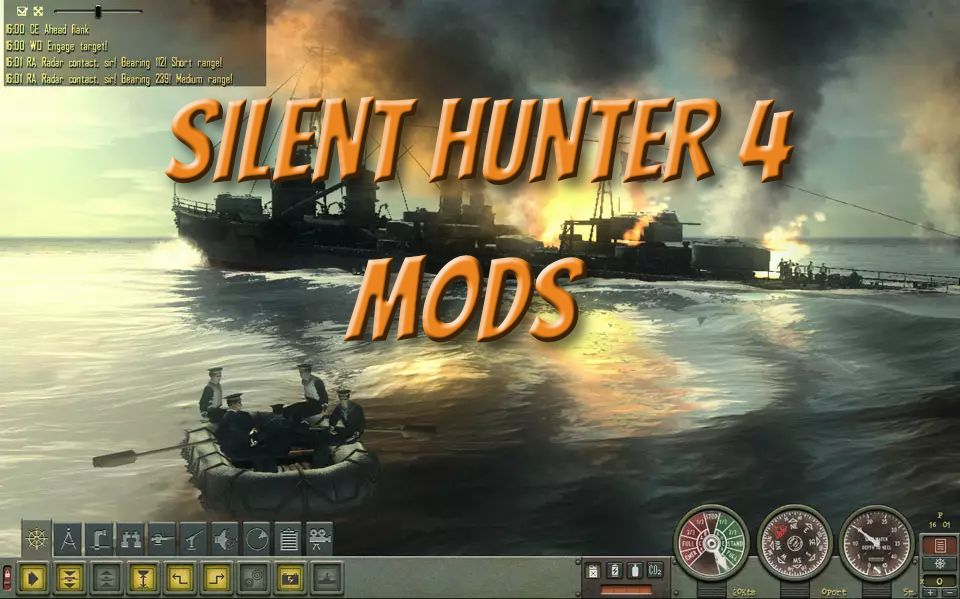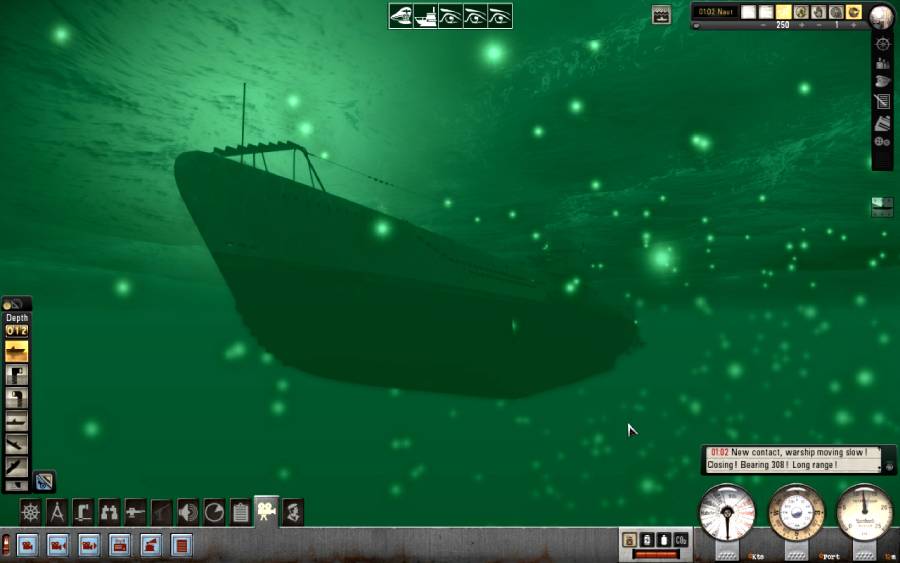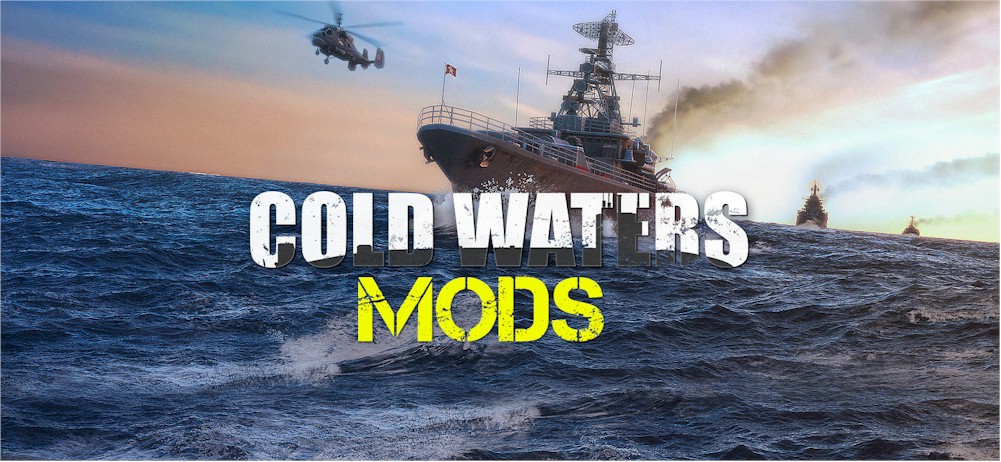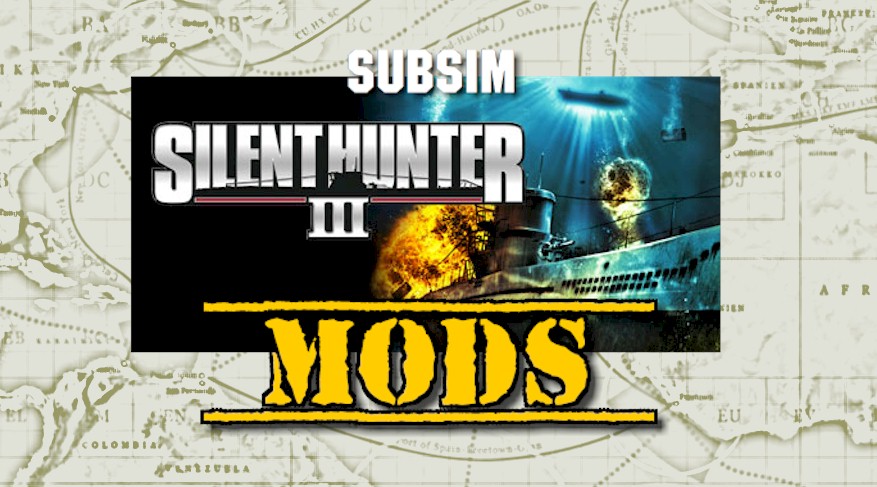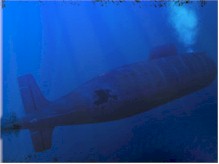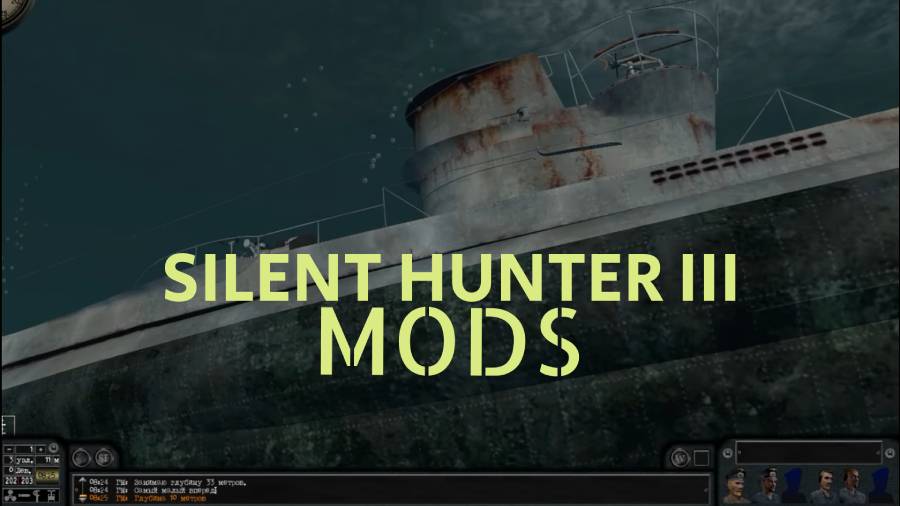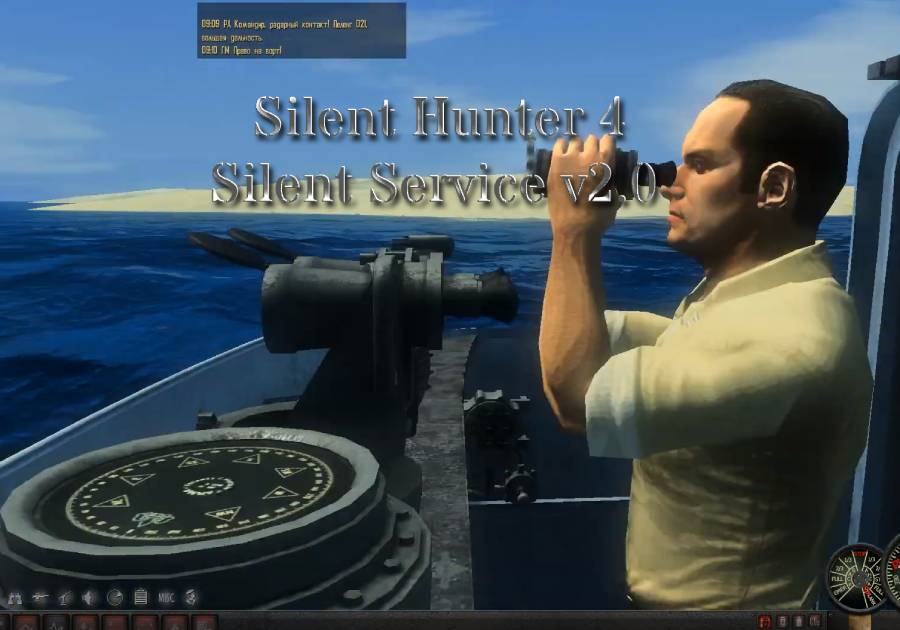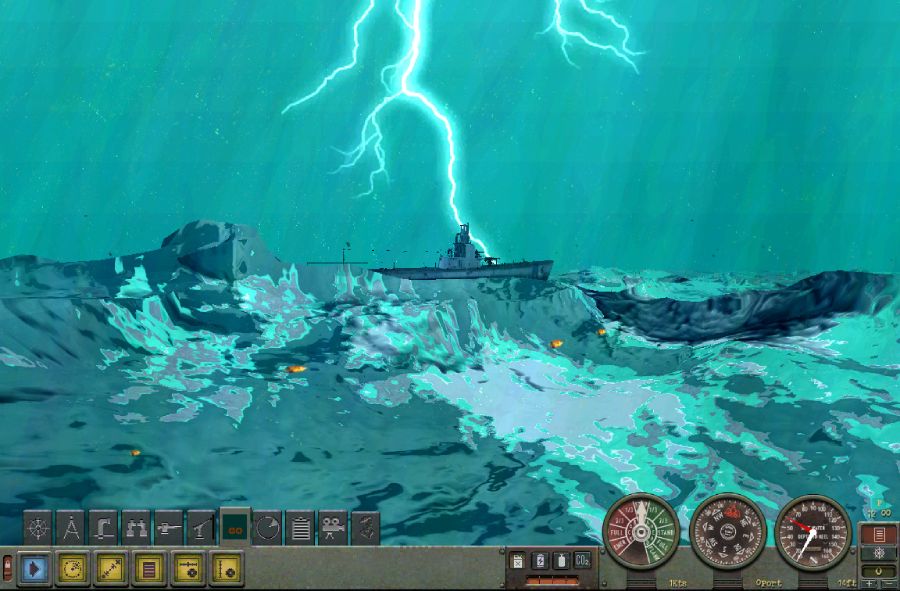
Germany’s Admiral Karl Dönitz, commander of the Kriegsmarine’s U-boat arm, submitted a plan to the head of the navy, Grand Admiral Erich Raeder, to target British convoys using a tactic known as the ‘Wolf Pack’. This involved several U-boats converging on a convoy and attacking it en masse, usually after drawing away its escorts with a couple of submarines acting as decoys. Dönitz told Raeder that he believed a fleet of 300 large ‘Type VII’ U-boats harassing and sinking British shipping would be enough to force the UK out of the war.
To begin with, the Wolf Packs were incredibly successful, so much so that Churchill later wrote: ‘The only thing that ever really frightened me during the war was the U-boat peril.’
The tactic was first deployed in September 1940 when four U-boats attacked a convoy of 42 ships, sinking eleven of them. The following month, a convoy of 35 merchant ships and six escorts was attacked; 20 of the ships were sunk with the loss of 141 lives. The following day, a pack attacked a 50-strong convoy with an eleven-ship Royal Navy warship escort, sinking twelve merchantmen. The Wolf Pack escaped without a scratch. In December, thirteen ships from a 41-ship convoy were lost. As ship after ship sank to the bottom of the Atlantic Ocean, the delighted Germans nicknamed this period the ‘Happy Time’.



